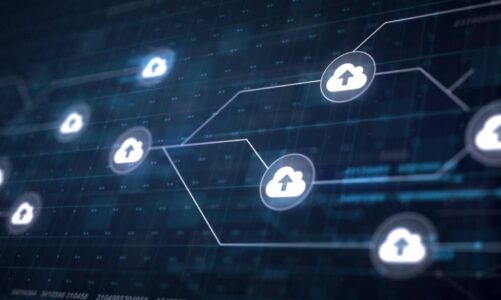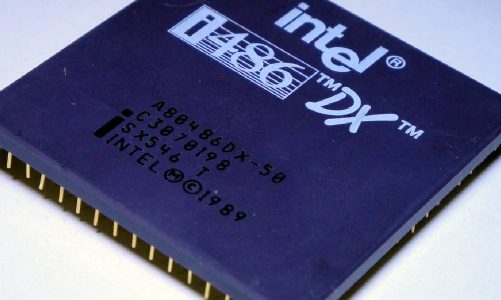If you’ve been keeping up with the latest news from supply chain blogs, then you know supply chains have constantly been evolving due to the COVID-19 epidemic’s long-lasting consequences. Many companies are also replacing the traditional supply chain with emerging automated technologies. They aim to adopt better efficiencies and increased productivity through better visibility, control, and value creation.
This article highlights some of the technologies that have contributed to the transformation of supply chains.
Table of Contents
The Internet Of Things
The Internet of Things (IoT) refers to using objects or devices to determine the location of your products or when an action occurs, such as using RFID. It is a network of physical devices, vehicles, buildings, and other items embedded with electronics, software, and sensors.
IoT also involves network connectivity that enables these objects to collect and exchange data. It allows companies to monitor products at every stage — from end to end — and provides them with capabilities such as real-time inventory management.
The technology has the potential to transform supply chains by connecting them to distributed automated machinery. This integration allows for asset tracking through advanced data collection and analysis capabilities.
IoT technology maintains product health, increases security, and improves efficiency in storage and delivery. For example, you can use using radio frequency identification or GPS for tracking.
Blockchain Technology
The blockchain is a way to verify the accuracy of transactions using a decentralized database. It involves completing transactions, adding them to a block, and updating the ledger in a verifiable but uneditable way.
The technology splits into multiple copies spread over several nodes. Each node gets an updated document for each transaction, making it challenging for hackers to alter them because they must update every copy of the blockchain simultaneously.
Blockchain technology allows for secured peer-to-peer transaction tracking and supply chain management by recording transactions between two parties, including parameters such as date, time, location, and products.
Artificial Intelligence & Machine Learning
Artificial intelligence (AI) is a computer science where machines can perform tasks that typically require human intelligence. A device can conduct learning, understand context, and perform problem-solving activities. Machine learning (ML) is when computers can learn to perform tasks without being explicitly programmed by gathering additional information over time.
These technologies allow increased data processing power and information management and efficiently find patterns in large amounts of data. AI and ML enable real-time information collection for supply chain management processes by analyzing data about past shipments and current conditions. They also optimize workflows to boost productivity and reduce costs.
Robotics, Autonomous Vehicles & Drones
Robotics is the branch of technology where machines perform tasks that traditionally require human involvement. Autonomous vehicles are driverless cars, trucks, or drones that operate without requiring human supervision. Drones are aerial vehicles without a crew on board and with external control from the ground, although some can be programmed to operate autonomously.
Companies use these technologies for surveillance, search and rescue missions, and delivery of products such as perishable groceries.
These technologies improve supply chain operations by ensuring security, accuracy, and on-time product deliveries by increasing consistency in shipping and tracking inventory. Additionally, they improve visibility into shipments to allow real-time problem detection and faster resolution of logistical issues.
Predictive Analytics
Predictive analytics is a form of artificial intelligence that uses data to make predictions. It involves collecting historical data from past activities and then using statistical, mathematical, or machine-learning algorithms to predict what will happen in the future.
It’s used for supply chain management by analyzing data to predict problems, such as delays and stock-outs. By predicting future events, businesses can take appropriate actions to prevent them from happening and save money or time.
Sensors & Automatic Identification
Sensors are electronic devices that measure a physical property and convert it into an electrical signal. Automatic identification is a technology where the product’s physical location gets recorded at various stages in the supply chain workflow.
These sensors can collect data from machines, such as temperature or weight, and transmit it to other parts of the supply chain. For example, sensors that monitor temperature can track a product, such as food, so warehouses and fleet operations can maintain the food products at the required temperature and avoid spoilage. They also allow for more accurate product labeling and quick detection of shipping issues.
Cloud-Based Commerce Networks
Cloud computing is a technology where companies store data, computing resources, and applications remotely. Cloud-based commerce networks are decentralized networks with few or no central servers.
They allow for quick scalability and a reduction in the cost of services by sharing resources and applications on multiple servers. Cloud-based commerce networks help companies reduce costs by increasing automation and streamlining daily processes.
Final Thoughts
The future of supply chain management will rely on combining multiple technologies. New technology helps businesses improve their operations by enabling faster shipment processing times and speedier problem detection and resolution.
Also Read: Property, Investing, and Technological Innovation



